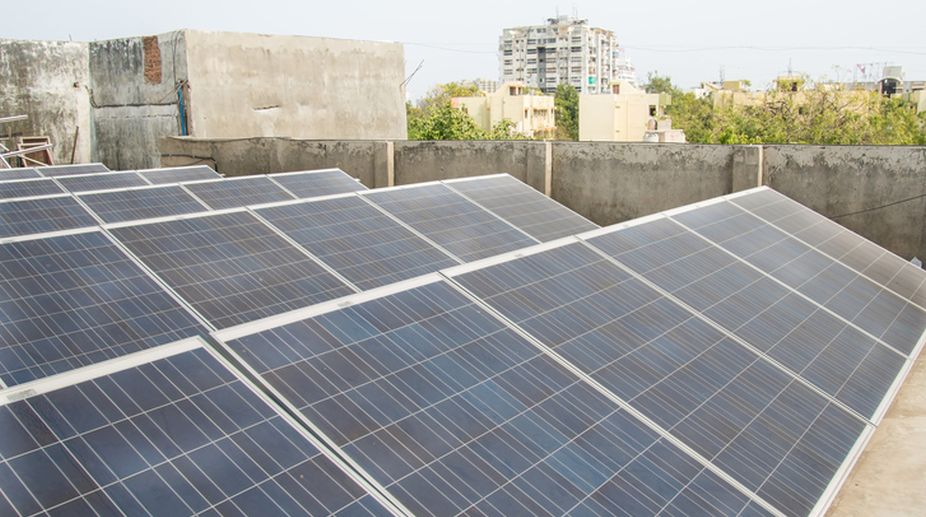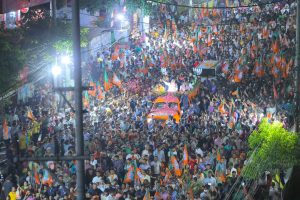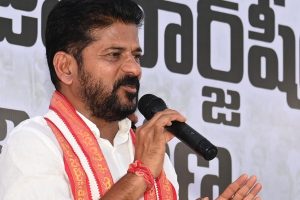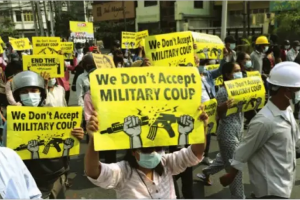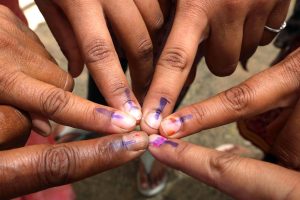The quarterly rate of growth of wireline and wireless telephone penetration reported by TRAI is 1.58 per cent for Kolkata and 3.70 per cent for the rest of West Bengal, against the national average of a conservative 1.36 per cent. The state has also reported the highest rural subscriber base of 68.30 per cent, against the national average of 41.88 per cent. West Bengal is also quite competitive with figures of total teledensity of 82.74 against the national average of 82.74. Wireless phones (excluding Kolkata) alone accounts for a healthy 3.75 per cent quarterly growth against the national average of 1.41 per cent with 68.56 Bengal of rural Bengal having access against the national average of 42.48 per cent. However, internet access is still limited to 27.38 per cent with Kolkata accounting for about two-third connectivity.
DIPP figures show that from 2011 to 2015 a total of Rs 31.93 lakh crore was proposed to be invested across 11,784 investment projects in the country of which about 20 per cent were for West Bengal. The global economic slowdown caused the gap between proposals and actual implementation to widen with only Rs 2.70 lakh crore on the ground (8.50 per cent). Despite this slowdown, the state has implemented 142 projects worth Rs 7736 crore (3 three), comparable to UP and MP and 5 per cent of Maharashtra and Gujarat together. Yet Gujarat, Maharashtra, Andhra Pradesh and West Bengal continue to attract maximum investments.
However, it is not as if all is hunky-dory in the state. Its cumulative debt has risen by about a quarter since 2011-12 to Rs 2.45 lakh crore in 2014-15. Concomitantly, interest payment and debt servicing has risen by about 38 per cent from 2011-12 to Rs 21687 crore in 2014-15. Expenditure on interest payments returned a CAGR of 11.80 per cent in 2010-15 and constituted 55 per cent of tax revenue in 2014-15. Its proportion in Non-Plan Revenue Expenditure (NPRE) increased to 29 per cent from 26 per cent in 2010-11. Payment of interest on market loans, the single largest source of commercial borrowing, grew at a CAGR of 21.92 per cent in 2010- 15. Of the total interest paid during 2014-15, market loans alone accounted for 50 per cent. Interest payment increased by 39 per cent (Rs 2890 crore) during 2013- 14 and again by 4 per cent (Rs 831 crore) during 2014-15 over the previous years.
A spike in transfer of resources from the Government of India to West Bengal consequent to the discontinuance of direct transfers for central schemes in 2014-15 has not helped the state much owing to the rising revenue expenditure. Its stagnant non-tax revenues have become a drain on the exchequer. During 2014-15, West Bengal earned dividend of a paltry Rs 6 crore (0.05%) on its investment of Rs 12653 crore. As in previous years, no dividend was received from banks and statutory corporations. State-owned public sector undertakings have suffered substantial losses leading to erosion of their net worth. Moreover, the revenue realised from 15 schemes during 2014-15 was only Rs 5 crore (0.22 per cent of the capital outlay of Rs 2293 crore).
Despite the adversities, the quantum spread and primary deficit was positive in 2010-11 to 2014-15 which caused a declining trend in debt. The GSDP ratio, that declined from 40.65 per cent in 2010-11 to 34.66 per cent in 2014-15, was suggestive of a stabilisation of debt. Interest payments with respect to revenue receipts depicted a healthy trend as the ratio declined to 24.95 per cent during 2014-15 from 29.23 per cent during 2010- 11. However, there is a caveat here. Maturity of the State’s debt would steeply rise from 2016-17 onwards with 42.69 per cent of all market loans of Rs 1.41 lakh crore falling due for payment from 2016-17 to 2022-23. This would mean an additional burden on the state government’s budget. If it were not for the legacy of debt servicing, the Government of West Bengal would have returned a healthy surplus every year.
There are several other caveats as well. State employees still draw pay on the 5th Central Pay Commission scales, that too with half the DA admissible to them, for want of finances. No wonder public servants are generally aggrieved. Enforcement of law and order in several parts of the State would exert further pressure on the exchequer. The contentious issue of illegal migration from across the border and the resultant influx to the border districts would add to policing and administrative costs. The huge infrastructure that has been created over the past five or six years would require large provisions for operation and maintenance, superintendence, monitoring and evaluation. Ridding the State of its contra-investment perception would require large publicity resources and tax and other breaks, including contentious land issues. Another issue, allied to unemployment, relates to low wages. The Labour Bureau’s Employment Survey for 2015-16 shows 34.50 per cent of wage earners in West Bengal received below Rs 5000/month, most so when NSDC estimates the accretion of 89 lakh fresh workers in 2017-22.
Despite the severe limitations, West Bengal still has the country’s most livable metro city with several firsts to its credit, including a running Metro that is undergoing rapid expansion. The present government has recently introduced legislation to ban political parties from university campuses.
Corruption is not endemic to the state, as it is with UP, Bihar, Maharashtra, Gujarat, Karnataka, AP or Tamil Nadu. The average Bengali remains frugal in his habits, God-fearing too, with a high sense of personal honour. All that he/she needs is some retraining and minimal fiscal assistance as low-interest loans to revive their entrepreneurial spirit. Union activity has appreciably declined as contracted employees are increasing both in public and private sectors. The large companies still retain their corporate headquarters in Kolkata, accounting for about 40 per cent of all indirect taxes collected by the Centre. Roads have improved as have potable water, health clinics, and district hospitals. Private universities and hospitals have been opened as have international hotel chains.
The state has been consciously discriminated against for the past 70 years. Although it is a border state, it was not granted the status of special category with its generous 90 per cent grant-10 per cent loan formula, like Punjab, J&K and Assam. It was also denied contemporary royalties on minerals and had suffered on account of the Railways’ freight equalisation policy. Its only opening to the sea is on the verge of closure even though 40 per cent of the nation’s indirect taxes are collected from that State. Most institutions run by the Government of India in this State are in a state of severe decay.
The finest gesture for the Centre would be to declare West Bengal a special category state and waive at least 50 per cent of all outstanding loans and interest from it as a one-time measure. West Bengal still remains the most cosmopolitan state in India, a shining light of hope and freedom from religious bigotry, no anti-non-Bengali language and anti-outsider movements, little corruption, relatively limited decline in morals and ethics, less aggressive human behaviour, and much more. West Bengal’s parameters, people and infrastructure are not far inferior to those of many other large states. All that the state needs are honest helping hands from the Government of India, even as a one-time measure bereft of extraneous considerations.
(Concluded)

